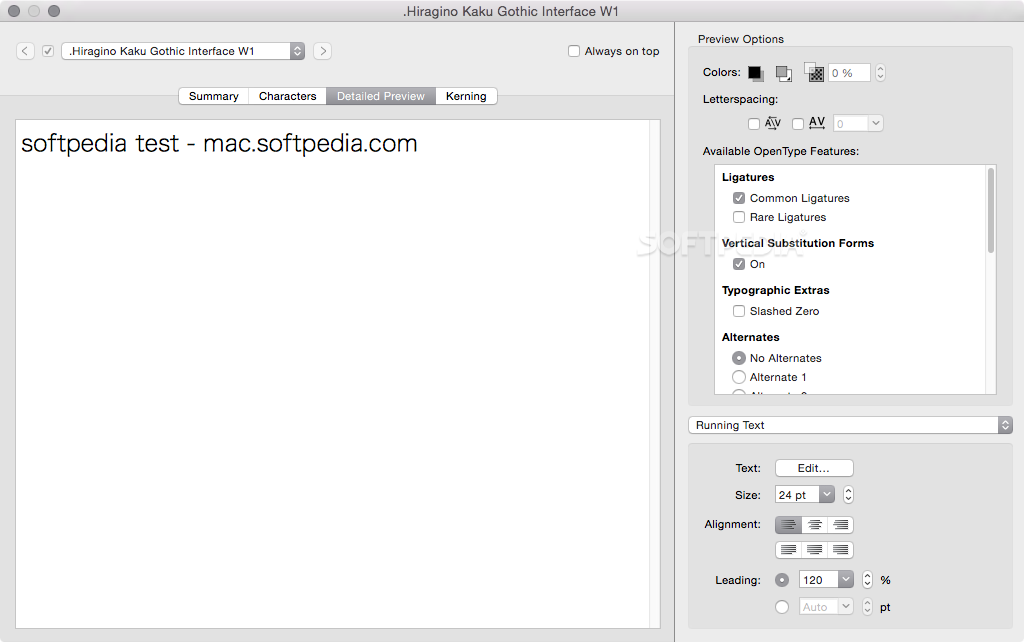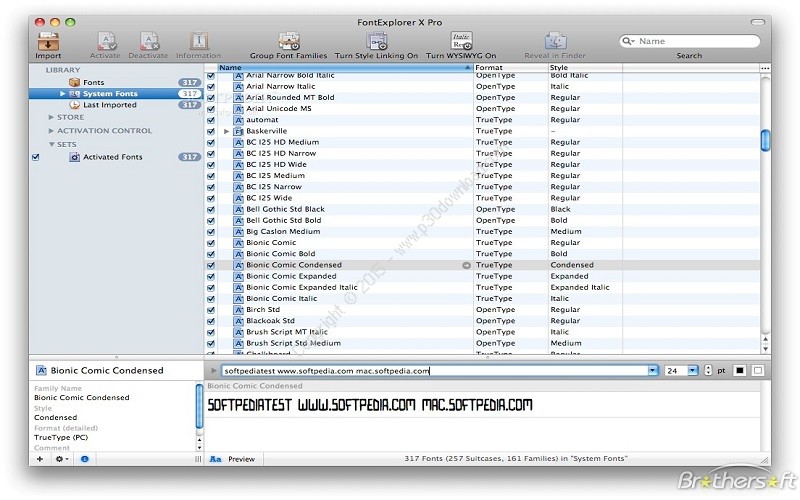

This feature comes in incredibly handy when searching for the perfect font for a particular block of text.

The “songs” are individual faces, and below that fonts can be previewed with whatever text you want, whether activated or not. iTunes-like Interface (5 out of 5)įontExplorer X is immediately familiar, organizing itself in an iTunes-like interface. Enter Linotype’s free, full-featured font management program, FontExplorer X. You don’t need font management in OS X, but it sure makes things easier when working on multiple projects, all with their own sets of fonts. Just dump them into the fonts folder in the library of your choice (hard drive, user, and so on - see Apple’s Font Locations page for more information) and you’re good to go.īut if you’re a designer, you add fonts for one project, then another, and another, and before you know it your font menus are bogged down with hundreds of faces, and sorting through them is like finding an exacto knife in a stack of foam-core. This version’s support for macOS Sierra, plug-ins for the latest apps from Adobe and Quark, and detection of fonts in Microsoft Office documents make version 6 a worthwhile upgrade for most users, and a necessary one if you skipped version 5.Installing and managing fonts in OS X is a pretty simple process. While version 6 is a relatively minor upgrade, the features carried over from version 5 are tremendously powerful. (Windows users may use the current FontExplorer 3.5.1 to connect to FontExplorer X Server 3.) Bottom line The server administrator controls permissions for each client, including exporting server fonts, availability of online font stores and other client capabilities. When connected to the server, users can now enjoy new abilities including automatic and manual font classification, labels, ratings and comments.

Server supportįontExplorer X Pro 6 can function as a client to the new FontExplorer X Server 3 (available as a separate product). The Info window lets you find, view and copy/paste any character in any font, and limit your view to specific categories. This is handy for finding and viewing the 19 symbols for the new 4K TV standard or the 72 new emoji characters, including new smilies and people, animals and nature, and food and drink. In addition to document types commonly used by graphics professionals (pdf, eps, svg, svgv, indd, idml, icml, icmt, ai, pages, key, rtf and rtfd), version 6 can now detect fonts in these additional 19 document types: You can then choose to activate or deactivate fonts used in that document, create a new Set from those fonts, or generate a report. The “Detect Fonts in Documents” feature scans a document without opening it, displaying a list of the fonts used in that document. In version 6, the Import preference lets you define whether or not a new Set is created when importing fonts. In previous versions, FontExplorer always created a new Set from fonts you import together. The enhanced Font Tile view with rounded corners, colored letters and colored backgrounds. You can now also view detailed font information when you mouse over each tile, add rounded corners to the tiles, change their foreground and background colors and even gradually change the background color from the first to the last tile. In version 6, the Enhanced Font Tile View lets you display the first two letters of the font name in each tile. The Font Tile View introduced in FontExplorer Pro 5 displays a word or two in each font, making it easy to find a font that has a specific flavor. You can also create and use your own custom categories. The new Classification window lets you choose from a wide variety of standard categories, or click the Auto Classify Fonts button to let FontExplorer classify them for you.


 0 kommentar(er)
0 kommentar(er)
